As all employers are responsible to adhere to Employment Standards and Guidelines both Provincially and Federally, when an Employee Group Benefit Plan is enacted, the employer has the duties and responsibilities as the policy holder to uphold the conditions of the contract signed between them and the insurance carrier. This means, the customer (policyholder) must:
- Understand the insuring provisions
- Cost/Financial health of the Insurance
- Effective Date of Insurance
- Negotiation of Insurance
- Broker Engagement
- Termination of Insurance
The benefits administrator is ultimately responsible for directing and planning the day-to-day operations of group benefits programs (group health, dental, vision, short-term and long-term disability, worker’s compensation, life insurance, travel and accident plan, flexible spending plan, etc.). In addition to adhering to the contract provisions agreed to with the insurance underwriter, the benefits administrator is also responsible to investigate new benefits programs, improves existing programs, and supervises a monitors the day-to-day benefits administration for all classes and divisions (as applicable) covered under the policy contract. Working with the benefit broker, the administrator, designs, classifies employee categories under each division, and provides analytical and technical support in the delivery of the benefit programs.
The administration of employee benefits involves extensive communication and interaction with employees and insurance plan providers. Benefits coordinators play an integral role in helping employees understand their benefits. To be effective and reliable, they must have up-to-date knowledge and a clear understanding of the benefits and coverage, deductibles, employer contributions and employee premiums.
Benefits coordinators also communicate with employees and payroll about the employer’s contributions to the plan.
The customer, plan administrator, (in many cases the company controller or human resources professional) are also involved in the cost and benefits costing processes for negotiating agreements. Because they know how much the company spends to provide employee benefits, they can produce scenarios for the company’s negotiators to use during bargaining sessions.
Disclaimer: Please note that the information provided, while authoritative, is not guaranteed for accuracy and legality. The site is read by a world-wide audience and employment, taxation, legal vary accordingly. Please seek legal, accounting and human resources counsel from qualified professionals to make certain your legal/accounting/compliance interpretation and decisions are correct for your location. This information is for guidance, ideas, and assistance.




